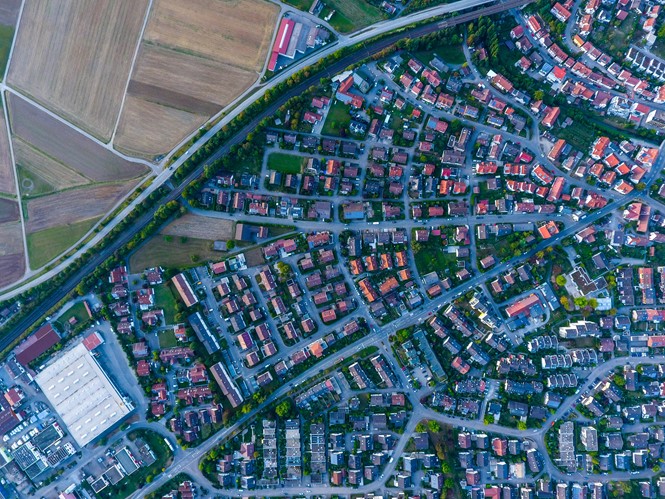Google Maps rebrands neighbourhoods for unknown reasons

Places might not be where they seem to be – at least not according to Google. On Google Maps, some people have begun to discover that the neighbourhoods they think they know are called something else entirely, online.
Neighbourhoods are branded with names just as businesses or products are, and those names are adopted not just on maps but on websites, on physical signs and through word-of-mouth. Estate agents, business improvement districts and placemaking firms regularly attempt to rebrand neighbourhoods to encourage business and increase real estate prices.
On Google Maps however, neighbourhood names may change for any number of reasons. Google says that its data comes from a variety of third party sources through its base map partner program, public sources and users. It’s been widely reported that Google copied an unofficial map of Detroit verbatim, including typos, misspelling the Fiskhorn neighbourhood as Fishkorn. It has since updated the error, but other areas from the faulty map remain, like ‘The Eye,’ a neighbourhood that locals say doesn’t exist.
Google Maps’ potential misrepresentation of neighbourhoods has financial implications. According to a 2018 survey by Manifest, a market research firm based in Washington, DC, over 67% of people prefer Google Maps over other mapping services. With the majority of people looking to Google for district information, mislabels can spread digitally to everything from business sites referencing the area to users geo-tagging their locations, as happened in New York with hotels and Uber rides referring to erroneous neighbourhood names.
A company may lose business if they aren’t listed as being in a neighbourhood that doesn’t correspond to the mislabel. According to a 2003 study by Bennett and Savani, “Successful urban regeneration can only be achieved when people become aware of the existence of new place products and recognize that they possess real benefits. This implies a critical role for the marketing function during the process of rebranding.” If a new place appears online and doesn’t pose real benefits, it will not be contributing to the regeneration or stability of an area but to its urban degeneration – an example of corporate gerrymandering.
Since Google receives its map data from multiple sources, ranging from dialogues with indigenous groups in Canada to include indigenous lands on its maps, to BIDs, to licensing US Geological Survey data, to adopting the information on a map some guy wrote with a pen, making sure business locations are branded properly is worth checking out. Neighbourhood brands can affect the popular reputation of business brands and people need to know where they are. Luckily, Google allows its users to submit change requests to its maps.
For more from Transform magazine, follows us on Twitter @Transformsays












